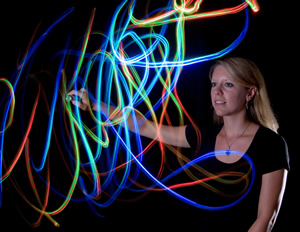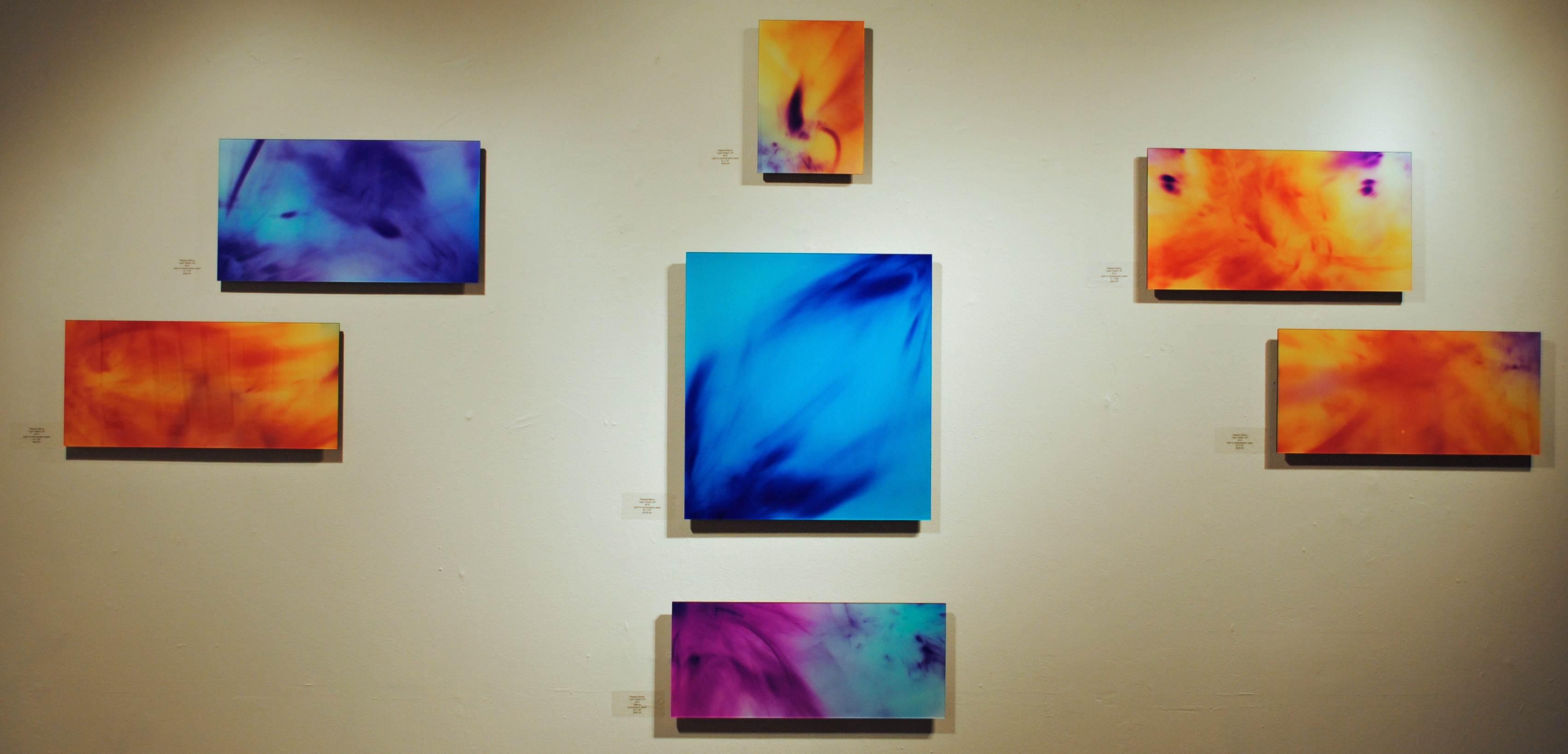
Oregonian Pushes The Boundaries Of Conventional Photography
Art, Art Shouts, Artists, Digital, InterviewsThe Decision to feature artist Natasha Bacca on Zouch was really a no-brainer. Right off the bat we found her colorful and often nature-inspired work quite pleasing to gaze upon. But also, her process is just too darned interesting to be ignored. She’s pushing the boundaries of conventional photography to explore light, while combining contemporary and archaic processes. Clearly, the world of Natasha Bacca has got to be worth a ‘lil look see.

Background
Natasha began art studies at a young age, and has been experimenting with art processes and media ever since. After attaining a BA in Art from the University of Oregon she appears to have begun splitting her time between the continuing pursuit expressing her own artistic vision, and educating others to enable them to do the same.
She is represented by River Bend Fine Art Gallery in Bend, Oregon, and her work has been exhibited nationally and featured in private, public, and corporate collections. Also, a US patent has been granted for the process by which Natasha creates her art.

Snapshot by Randy Johnson of the Anka Gallery Exhibit in Portland
A Unique Process
The following is a direct excerpt from Natasha’s website where she explains her process in her own words:
My works of art are creations of light.
Working in complete darkness, I create images using beams of light with tools I make.
Manipulating the color and the intensity of the light onto light sensitive paper, I literally paint with light.
After photo-chemical processing, the painting is revealed.
All pieces produced are unique works.
No camera or computer is used in the making of this art.
On November 4, 2010, Oregon Public Broadcasting featured Natasha’s process and art works on the television series Oregon Art Beat.
Q & A
What inspires you to create art?
I was born an artist. It is not something I chose. I am driven by a healthy curiosity, and enjoy constantly challenge myself and the world around me.
How has being an art teacher affected your art?
My students continually impressed and inspired me. I am always grateful for their interest in the arts, and I am amazed at the growth I see throughout each term.
Why does art matter?
There is a tremendous amount of evidence to support that art is vital to cognitive formation. Art is critical to innovation, and innovation is essential to healthy, prosperous, and sustainable societies. Recently Congressman James Langevin put forth Resolution 1702 which states that government “recognizes the importance of art and design in the Science, Technology, Engineering, and Mathematics (STEM) fields” and “encourages the inclusion of art and design…”
How do you see the digital age contributing to the evolution of your art form in the future?
A resurgence and appreciation for the archaic forms and processes of art is emerging because of the evolution of digital arts and processes. The arts will continue to evolve, as will my art. Time will tell how.






















